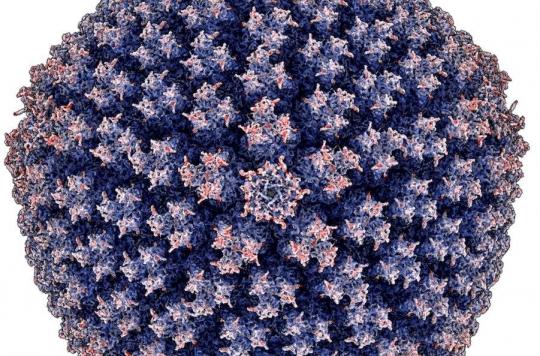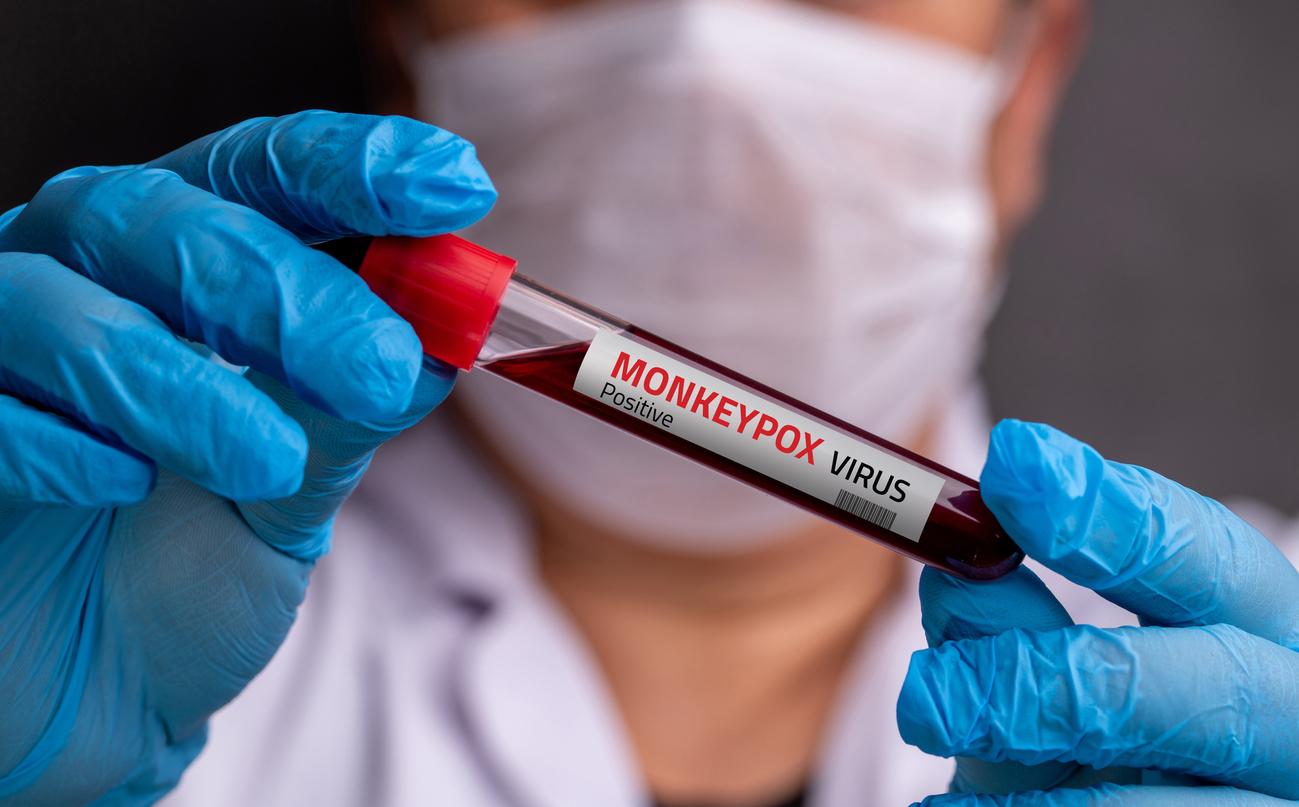The virus that causes diarrhea has for the first time been mapped at the atomic level, making it possible to envisage the creation of new vaccines.

- Using state-of-the-art equipment, the researchers managed to take such detailed images of an enteric adenovirus that they were able to create a three-dimensional puzzle.
- The shell that protects the virus genome as it spreads between humans consists of two thousand protein molecules with a total of six million atoms.
- This structure could be used to administer vaccines other than by syringes.
For the first time, researchers have managed to map at the atomic level what a virus that causes diarrhea looks like. Scientists from Umeå University in Sweden who made this discovery believe that it could, in the longer term, lead to the creation of vaccines. The results were published on January 8 in the journal Science Advances.
A three-dimensional puzzle
The virus that the researchers studied is a so-called enteric adenovirus. Enteric adenoviruses are one of the most important contributors to diarrhea in infants. Most adenoviruses are respiratory, meaning they cause respiratory disease, while lesser-known enteric variants of adenovirus instead cause gastrointestinal disease. In order to move through the body and reach the acid environment of the stomach without breaking down to be able to infect it, enteric adenoviruses must be protected. “Findings provide insight into how the virus enters the stomach and intestinal systemdescribed Lars-Anders Carlson, a researcher at Umeå University. Further research may provide answers as to whether this property can also be used to create vaccines that travel free and therefore be administered in edible form instead of as syringes..”
Using state-of-the-art equipment, an advanced cryo-electron microscope, the researchers were able to take such detailed images of an enteric adenovirus that they were able to create a three-dimensional puzzle that shows what the virus looks like atomic level. “The virus is one of the most complex biological structures studied at this level.”, continue the researchers. The shell that protects the virus genome as it spreads between humans consists of two thousand protein molecules with a total of six million atoms.
A new way of administering vaccines
The researchers realized that the enteric adenovirus manages to keep its structure practically unchanged even in the stomach. They observed differences from respiratory adenoviruses in how a particular protein is modified in the virus shell as well as new clues about how the virus packages its genome inside the shell. Overall, this provides insight into how the virus manages to evolve to infect cells. “The hope is that you can turn the ability of this nasty virus into something that can instead be used as a tool to fight disease, maybe even Covid-19. It’s a step in the right direction, but it’s still a long way off”, concluded Lars-Anders Carlson.
Several of the new vaccines tested against Covid-19 are based on genetically modified adenoviruses. Today, these adenovirus-based vaccines must be injected to work in the body. If a vaccine could instead be based on an enteric adenovirus, the vaccine could be administered in edible form, which would facilitate large-scale vaccination.
.















